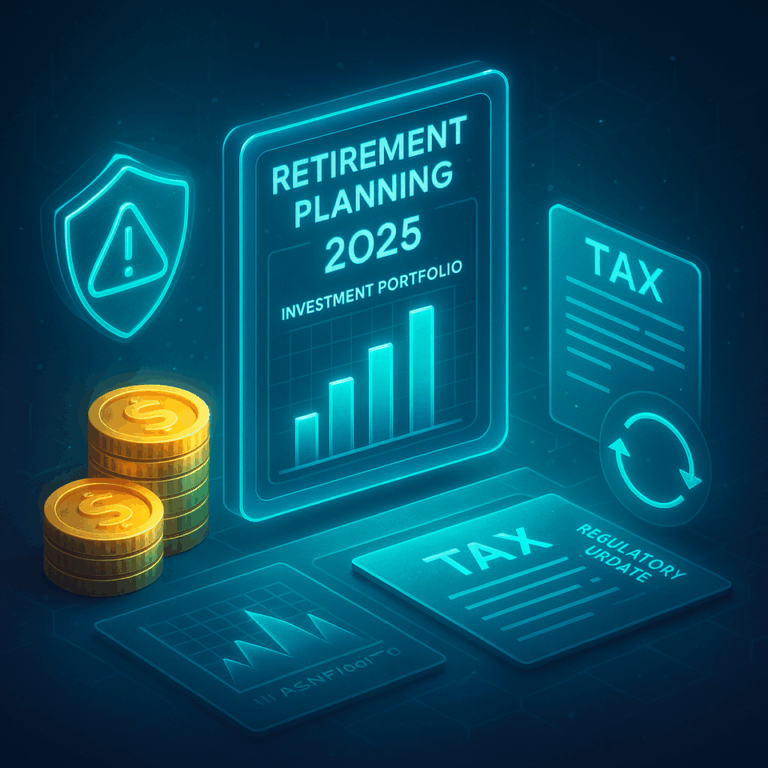As of 2025, retirement planning has become more critical than ever due to shifting demographics, rising life expectancy, and evolving financial markets. With people living longer and often facing decades of post-retirement life, building a secure and sustainable retirement strategy is a priority for individuals worldwide. The retirement landscape today is shaped by innovation, personalized financial tools, and a growing emphasis on long-term wealth preservation.
The Importance of Early Planning
Starting retirement planning early provides individuals with a significant advantage. Compounding returns, even at modest growth rates, can substantially increase savings over time. In 2025, digital calculators and financial planning platforms allow individuals to estimate future expenses and income needs more accurately than ever before, helping to set realistic goals for different life stages.
Retirement Accounts and Investment Options
Traditional retirement accounts such as 401(k)s, IRAs, and pension schemes remain essential in 2025. However, the variety of available investment options has expanded. Individuals now integrate stocks, bonds, real estate, and exchange-traded funds (ETFs) into their retirement portfolios. Many also consider sustainable investments aligned with Environmental, Social, and Governance (ESG) values, ensuring both financial growth and social impact.
The Role of Technology in Retirement Planning
Technology has transformed how people approach retirement savings. Robo-advisors, mobile apps, and artificial intelligence tools offer personalized guidance based on spending habits, income levels, and long-term objectives. These innovations democratize access to professional-grade planning strategies, making retirement preparation more accessible to younger generations and first-time investors.
Rising Healthcare Costs and Longevity
One of the biggest challenges in retirement planning is preparing for healthcare expenses. As medical costs continue to rise, allocating funds for long-term care and health insurance has become a key priority. In 2025, retirement strategies increasingly integrate specialized health savings accounts (HSAs) and insurance products to cover unexpected medical needs, ensuring financial stability throughout extended retirement years.
Global and Economic Influences
Global economic conditions play a significant role in shaping retirement planning. Inflation, interest rate changes, and market volatility directly impact the value of savings and investments. Diversification across asset classes and geographic regions is now a common strategy to protect against uncertainty. In 2025, financial literacy programs emphasize the importance of preparing for economic cycles when planning for retirement.
Work, Lifestyle, and Flexible Retirement
Retirement is no longer viewed as a strict end to professional life. Many individuals in 2025 adopt phased retirement, choosing part-time work or consulting to supplement income and remain active. Lifestyle considerations—such as travel, housing choices, and personal goals—are integrated into financial plans, making retirement not just about security, but also about maintaining quality of life.
Conclusion
Retirement planning in 2025 requires a balanced approach that blends traditional savings tools, innovative technologies, and thoughtful long-term strategies. While challenges such as rising healthcare costs and economic uncertainty persist, individuals have more resources than ever to prepare effectively. By starting early, diversifying investments, and integrating lifestyle priorities, retirement can be a period of both security and fulfillment.







